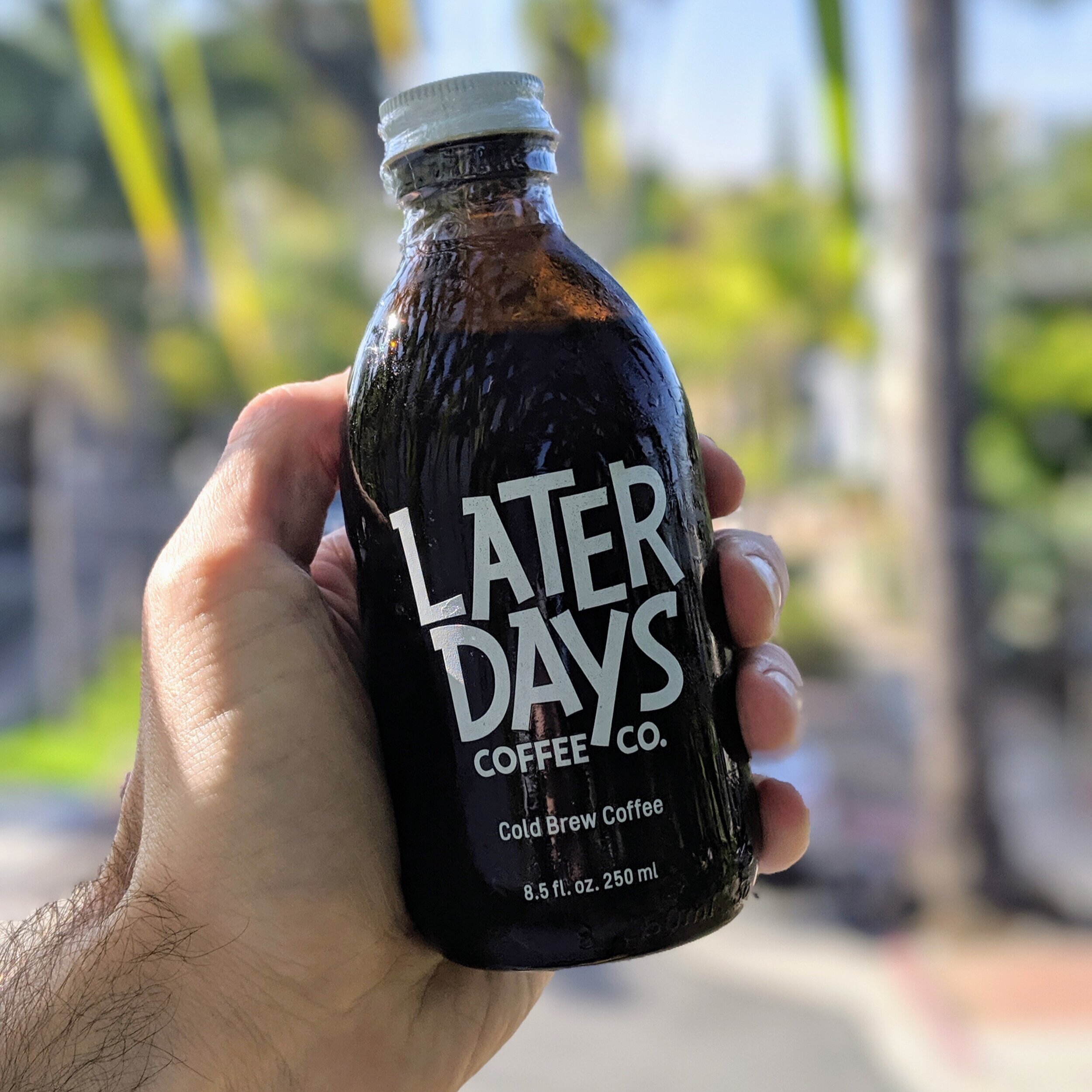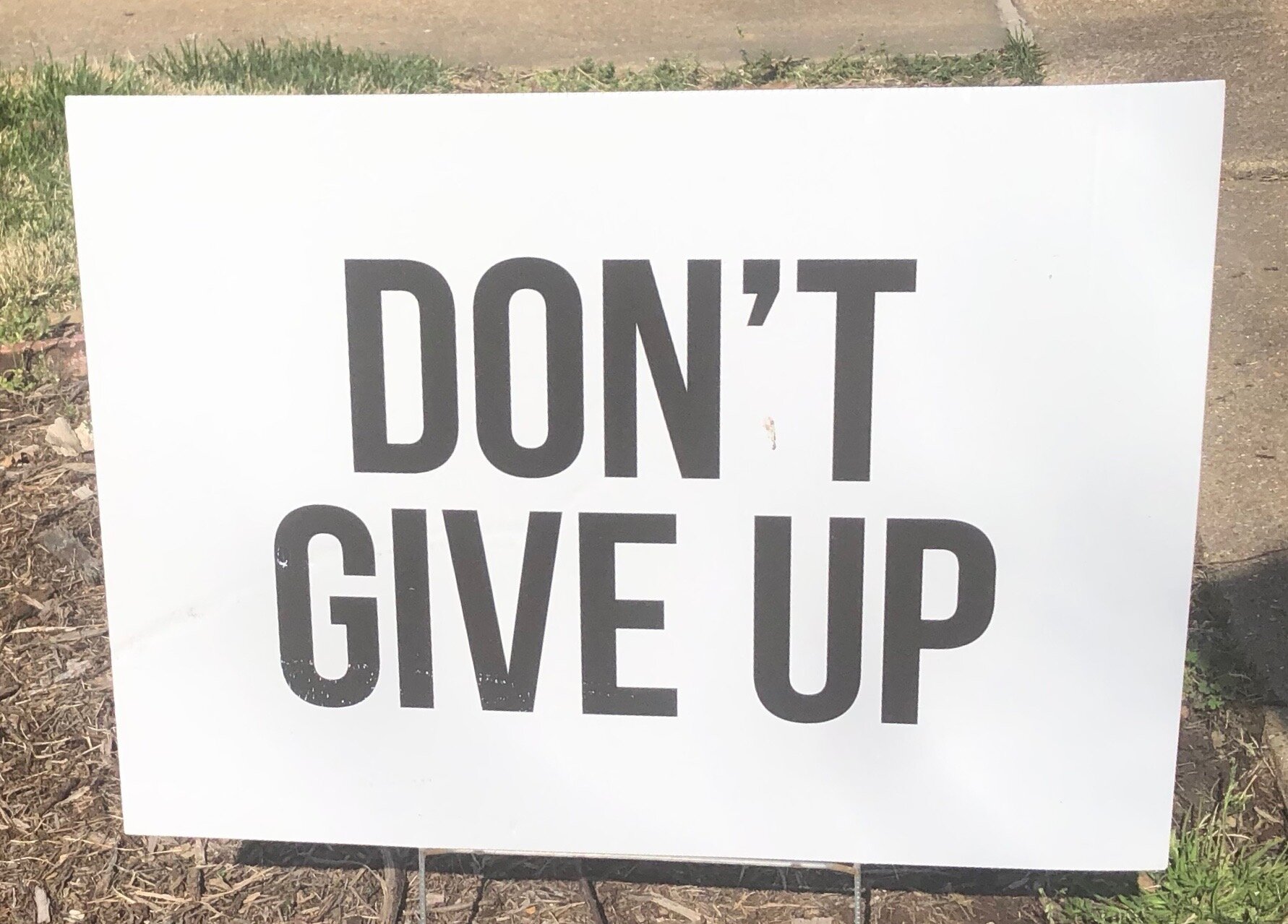“When my kids become wild and unruly, I use a nice, safe playpen. When they're finished, I climb out.” – Erma Bombeck
As parents, we are committed to raising our children to become strong, independent, adults. Overnight and without preparation, however, parents’ roles have suddenly shifted, and they have now become their child’s educator, chef, social network, emotional support system, and best friend. While adjusting to the shock and fear of the current reality, parents find themselves stretched in ways they have never been tested, and they’ve been forced to rethink many of their well-established approaches to parenting.
Along with the pressures that parents are encountering, children are faced with their own challenges in dealing with the pandemic, and often express their feelings by acting out or withdrawing and shutting down.
When a child acts out, there is always an underlying feeling they are struggling to express. Help your child understand and verbalize their feelings, and let them know you understand.
Now more than ever, children need their parents’ guidance and support. While it is important to address a child’s undesired behavior, remember that these are unusual times, and that time honored “rules” and expectations need not apply for now. Children are unlikely to be damaged by relaxing certain standards: (e.g. allowing them to spend more time on devices, especially as a way to connect with peers and relatives, watching more television). Strict limits and consequences can unduly escalate a child, and rather than setting overly firm limits, parents may decide to pick their battles, and let certain things go. At the same time, it is vital that parents let children know which behaviors are unacceptable, while they understand that times are difficult. Reassuring your child that they can handle and manage their feelings in healthy ways is a vital message.
In order for a parent to be available to their child, it is crucial that they first take care of themselves.
The following are suggestions to help create a sense of calm and normalcy, in order to help yourself and your child manage and cope with strong feelings:
1. Maintain structure
Our daily routine offers predictability and a sense of stability.
Having a regular time for school, free time, meals, social media, can be helpful in providing a sense of stability.
2. Exercise and go outside
Any outdoor activity is a calming, healthy experience: taking a walk, bike riding, hiking, bird watching, rock collecting or just enjoying the spring weather can shift your mood.
3. Practice self- care
You must take care of yourself in order to be available to your child. Be sure to carve out time to rest, take a bath, talk to a friend or relative, or anything that nurtures you.
4. Stay connected with others
Maintaining social distancing doesn’t mean disconnecting from friends and family. With technology there are many ways to communicate, and though we all may be using devices more than usual, they are invaluable for us right now. Children and teens especially need to communicate with their peers and feel a part of their social group.
5. Card decks
There are a number of card decks that can give you ideas of activities and coping strategies for your children. A deck that provides both is the Melt Anxiety and Relax Card Deck for Kids: 44 Strategies Using Art, CBT and Mindfulness (Click on the title for more info) that I wrote with Dr. Abel. It also provides 12 tips for parenting children with anxiety.
6. Take time for fun
This is a unique opportunity to do things we never find the time for. Play games with your family (in person and remotely), have a remote party, enjoy meals together, watch a movie. Allow you and your family to take a break and just enjoy the moment.
Remind yourself regularly and often that this will pass, and that one day we may look back at this time with a sense of nostalgia….
What might Dr. Seuss have said, if he were alive today?
The buildings were big, and people would smile
And travel they did, mile by mile
But sick they became, in numbers it grew
Businesses worried, communities too
Things stopped for a bit, the world slowed its fast roll
The virus had certainly taken its toll
But what they then saw, from slowing things down
Is in fact they now had fewer reasons to frown
Families now gathered, what game shall we play?
Pass me the blue crayon, give mommy the grey.
We’re all home together, so let’s read a book
Afterwards, then, together we’ll cook
The lungs of the planet caught a small break
Less travel meant less pollution to make
People did realize they’d all be OK
They don’t need so much to get through every day
Maybe this virus that caused so much stress
Showed the whole world that more can mean less
Websites with Resources for Parents:
https://childmind.org/article/supporting-kids-during-the-covid-19-crisis/
https://www.npr.org/2020/03/13/814615866/coronavirus-and-parenting-what-you-need-to-know-now
https://www.nasponline.org/resources-and-publications/resources-and-podcasts/school-climate-safety-and-crisis/health-crisis-resources/talking-to-children-about-covid-19-(coronavirus)-a-parent-resource
https://www.sciencenews.org/article/coronavirus-pandemic-covid19-how-parents-kids-can-stay-safe-sane
https://www.kxan.com/news/local/austin/parents-balancing-working-from-home-and-taking-care-of-their-children-during-covid-19-outbreak/
https://www.ctvnews.ca/health/coronavirus/help-i-ve-got-kids-what-do-i-do-tips-for-parents-working-from-home-1.4855001
https://www.weforum.org/agenda/2020/03/working-parents-school-closures-coronavirus/
For Teens and Parents of Teens
https://www.buzzfeednews.com/article/rachelysanders/teens-teenagers-at-home-isolation-coronavirus-school
Barbra Danin is a Licensed Marriage & Family Therapist & Clinical Art Therapist and Certified EMDR therapist, treating individuals, couples and families, and is currently conducting therapy sessions via tele therapy. Barbra works with children, parents, and families, and is currently practicing in the Philadelphia area.
Barbra can be reached at bdanin@barbradanin.com or (314) 477-8585. Learn more at www.barbradanin.com


















